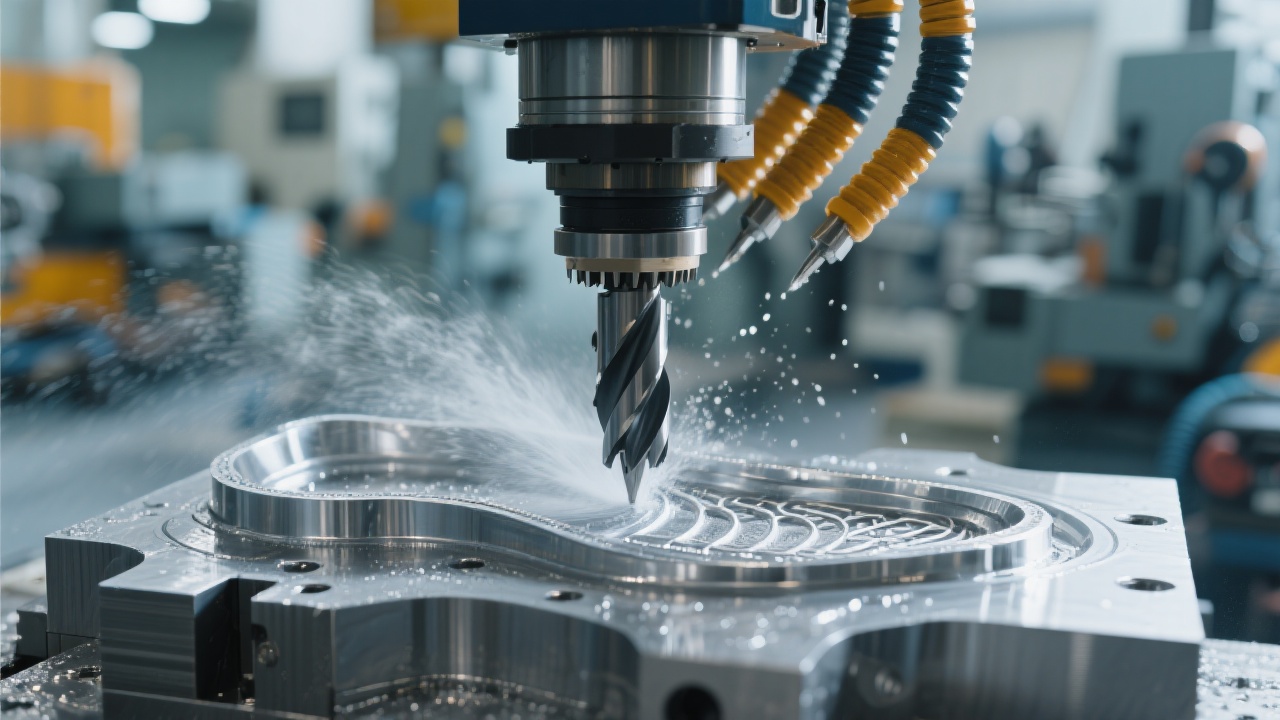
If you're struggling with inconsistent surface finishes, repeated tooling errors, or long lead times in shoe mold production, your current setup might be holding back both quality and profitability. Let’s dive into how 5-axis联动 (simultaneous motion) technology transforms the way you approach complex curves — especially in high-demand areas like high-heeled soles or performance sports footwear.
Most manufacturers still rely on 3-axis CNC machines for shoe mold work — but this leads to multiple setups. In one real-world case, a mid-sized factory in Vietnam reported an average of 3.2 fixture changes per mold, each introducing up to 0.1mm of cumulative positioning error. That’s not just wasted time — it's costly scrap and rework.
| Setup Type | Avg. Fixture Changes | Surface Finish (Ra μm) | Cycle Time (hrs) |
|---|---|---|---|
| Traditional 3-Axis | 3.2 | 3.8–5.2 | 8–12 |
| 5-Axis CNC | 1.0 | 1.5–2.5 | 5–7 |
Unlike traditional 3-axis systems that move along X, Y, and Z axes only, 5-axis machines add two rotational axes — A and B — allowing the cutting tool to approach the workpiece from any angle. This means:
In a test run by a German shoemaking supplier, switching from 3-axis to 5-axis reduced their average cycle time by 35% while improving Ra values from 4.5μm to 1.8μm — a result that made their molds pass first-time inspection at major OEM clients.

You don’t need to overhaul your entire shop floor overnight. Begin with a single high-value model — maybe a women’s designer heel or a technical running shoe sole — and measure the difference in finish, setup time, and customer feedback. Many brands report seeing ROI within 6 months when they focus on reducing waste rather than just adding capacity.
Still unsure if 5-axis fits your workflow? Ask yourself: Are you losing business because of inconsistent mold quality? Or are you spending too much time on manual finishing? If yes, it’s time to explore what modern precision machining can do for your next order — no matter how small.

